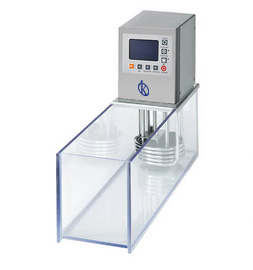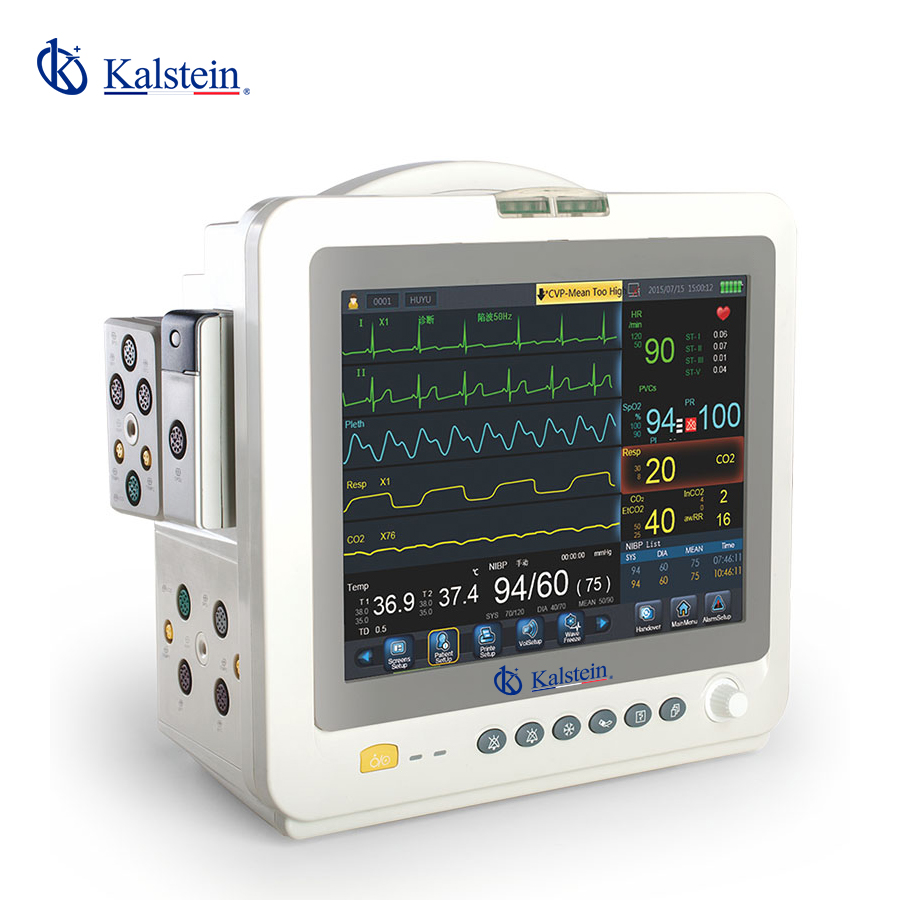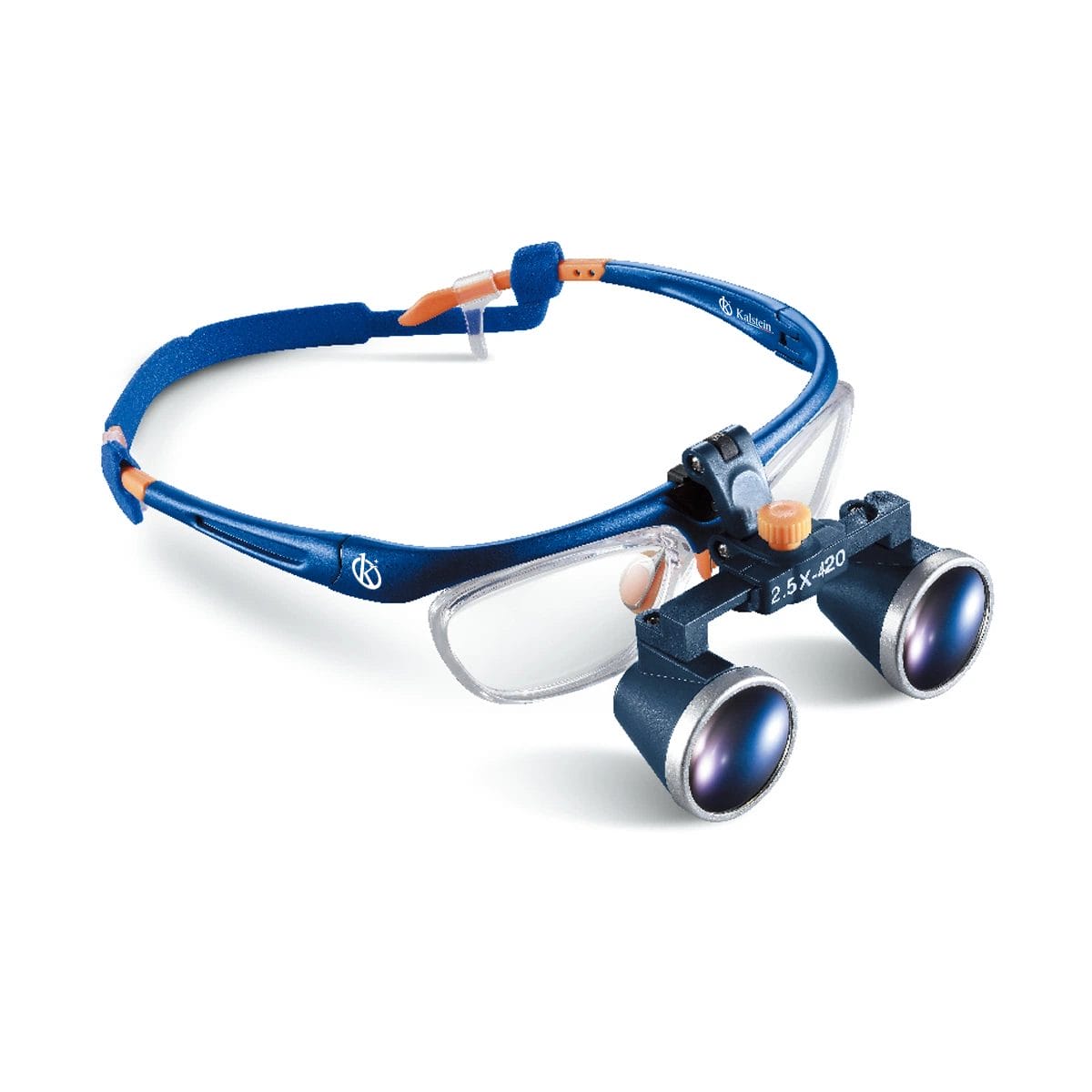A laboratory water bath is an instrument consisting of a container filled with hot water, used to incubate samples in water at a constant temperature for a long period of time. It is used to incubate samples in water at a constant temperature for a long period of time.
Commonly all water baths have an analog or digital interface, which allows users to set the desired temperature. Among its most common uses we find the heating of reagents, fusion of substrates or incubation of cell cultures. It is also used to activate certain chemical reactions that occur at high temperatures. It is considered an ideal heat source for heating flammable chemicals, although its uses vary according to the different types of water baths and their specific application. A common feature of all water baths is that they can be used up to 99.9°C. When the working temperature is higher than 100 °C, alternative methods such as oil bath or sand bath should be used.
Tips when using water baths in your laboratory
- Regularly check the water level of a water bath. Be sure to use only distilled water to prevent salt build-up on the heating element. Over time, this can corrode and damage equipment.
- Maintain regular use of disinfectants, as this will help inhibit the growth of organisms in the water bath. Continuous decontamination prevents the results of research experiments from being affected by unwanted organisms on the instrument.
- Avoid carrying out dangerous chemical reactions, do not use a water bath with applications that have sensitive properties to moisture or explosives. And never heat a water bath fluid above the flash point. This is essential in order to prevent personal injury and damage to laboratories.
- Bring the temperature of the water bath to at least 90 degrees Celsius for 30 minutes at least once a week to also help decontaminate equipment.
- If you need to work with chemicals that generate or produce fumes, it is recommended to use the instrument inside a fume hood or in a well-ventilated work space.
- Keep the lid of the water bath tightly closed in order to prevent evaporation and help achieve the highest temperatures possible.
- Verify that the instrument is on a stable surface and that it is located at a good distance from any flammable material. This is of great importance when using a stirred bath.
Types of water baths in a laboratory
- Bath with circulating water: In this type of bath, the water circulates through all the equipment, providing a more uniform temperature. This is necessary when high temperature uniformity and consistency are specifically required, such as in enzyme or serological assays.
- Bath with non-circulating water: In this bath, heat transfer is carried out by convection. But it has the disadvantage that the temperature control is less precise. Although some equipment has accessories that allow non-circulating agitation in order to generate a more uniform and effective heat transfer.
- Shaking water bath: These baths have an additional control that allows stirring and simultaneously moving and heating the substances inside the equipment. It is a very practical equipment in microbiology laboratories, where cell and bacterial cultures need to be constantly shaken.
What does Kalstein offer you?
Kalstein is a MANUFACTURER of medical and laboratory equipment of the highest quality and the best technology at the best PRICES on the market, so you can confidently make your PURCHASE with us, knowing that you have the service and advice of a specialist company in the field and committed to providing you with safe, economical and effective options for the performance of your duties in the correct manner. HERE
This time we present our Transparent Water Bath YR05080 // YR05082. This new equipment with cutting-edge technology, and has a transparent chamber design, with a great improvement in temperature uniformity and precision, specially designed for tissue culture, enzymatic reaction studies, growth observation studies, among others. For more information, we invite you to take a look at HERE




